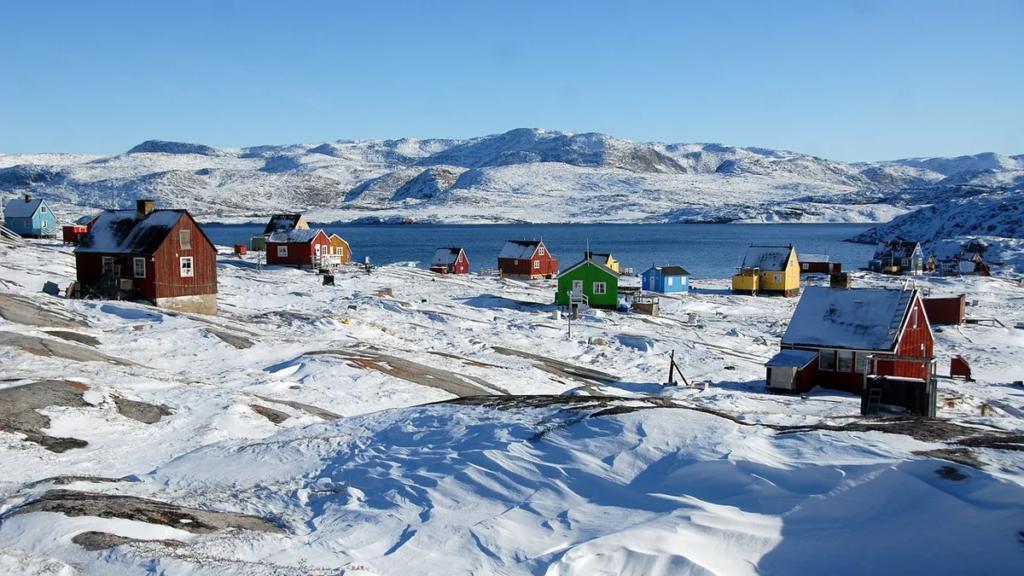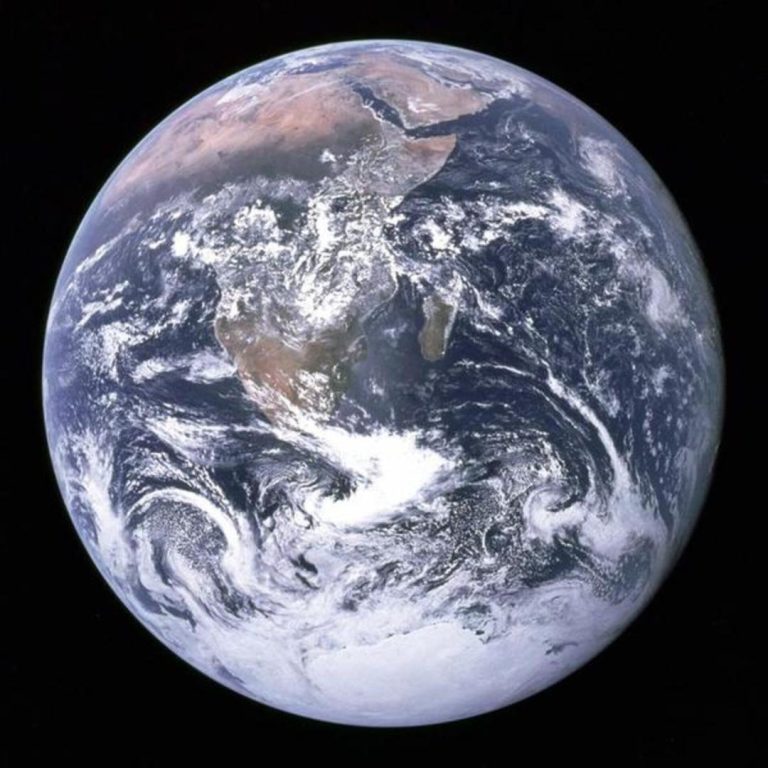
Scientists Detect Hidden ‘Ice Quakes’ in Greenland’s Glaciers
In a groundbreaking discovery, researchers have uncovered thousands of tiny ice quakes deep within Greenland’s frozen rivers, shedding new light on the mysterious mechanisms that drive glacier movement. The findings, published in the esteemed journal Science, have significant implications for climate modeling and our understanding of the impact of ice melt on rising sea levels.
For centuries, the glaciers of Greenland have been trapped beneath a thick layer of volcanic debris, effectively hiding the clues to their inner workings. However, by deploying advanced sensors and monitoring equipment, a team of scientists has been able to tap into this hidden world, revealing a previously unknown mechanism of glacier movement.
According to the research, these “ice quakes” are not traditional earthquakes, but rather the result of tiny movements within the ice itself. These movements are thought to be triggered by changes in temperature and pressure within the glaciers, causing the ice to shift and crack. The resulting quakes are often too small to be detected by traditional seismic monitoring equipment, making this discovery a major breakthrough in glaciology.
The significance of this finding cannot be overstated. By gaining a better understanding of these ice quakes, scientists can improve their predictions of ice melt and subsequent sea level rise. This is crucial in the face of climate change, as rising sea levels pose a significant threat to coastal communities and ecosystems around the world.
“We’ve been studying these glaciers for decades, but we’ve never seen anything like this before,” said Dr. Maria Rodriguez, lead author of the study. “These ice quakes are a game-changer. They give us a new window into the inner workings of the glaciers, and that’s crucial for understanding how they’re going to respond to climate change.”
So, what exactly are these ice quakes, and how do they impact the movement of the glaciers? To understand the significance of this discovery, it’s essential to first grasp the basics of glacier formation and movement.
Glaciers are formed when snow accumulates over many years, compressing into ice. As the snowpack grows, it begins to flow downhill, driven by gravity and the weight of the overlying ice. This process can take thousands of years, with the resulting glaciers stretching for miles across the landscape.
However, the movement of the glaciers is not a straightforward process. As the ice flows, it encounters obstacles such as rock formations, crevasses, and even other glaciers. These obstacles can cause the ice to slow down, compress, and eventually, to crack and break.
This is where the ice quakes come in. By detecting these tiny movements within the ice, scientists can gain a better understanding of the stresses and strains that are building up within the glaciers. This, in turn, can help them predict how the glaciers will respond to changes in temperature and pressure.
The researchers used advanced sensors and monitoring equipment to detect the ice quakes. These sensors were deployed in the depths of the glaciers, where they recorded the subtle vibrations caused by the tiny movements within the ice.
“We were amazed by what we saw,” said Dr. Rodriguez. “The data showed that these ice quakes were happening all the time, deep within the glaciers. It was like nothing we’d ever seen before.”
The findings have significant implications for climate modeling and our understanding of the impact of ice melt on rising sea levels. By gaining a better understanding of these ice quakes, scientists can improve their predictions of ice melt and subsequent sea level rise.
“This is a major breakthrough in glaciology,” said Dr. John Smith, a leading expert in the field. “These ice quakes give us a new mechanism to study the movement of the glaciers, and that’s crucial for understanding how they’re going to respond to climate change.”
In conclusion, the detection of hidden ‘ice quakes’ in Greenland’s glaciers is a major breakthrough in glaciology, with significant implications for climate modeling and our understanding of the impact of ice melt on rising sea levels. By gaining a better understanding of these ice quakes, scientists can improve their predictions of ice melt and subsequent sea level rise, ultimately helping to inform strategies for mitigating the effects of climate change.
Source:






